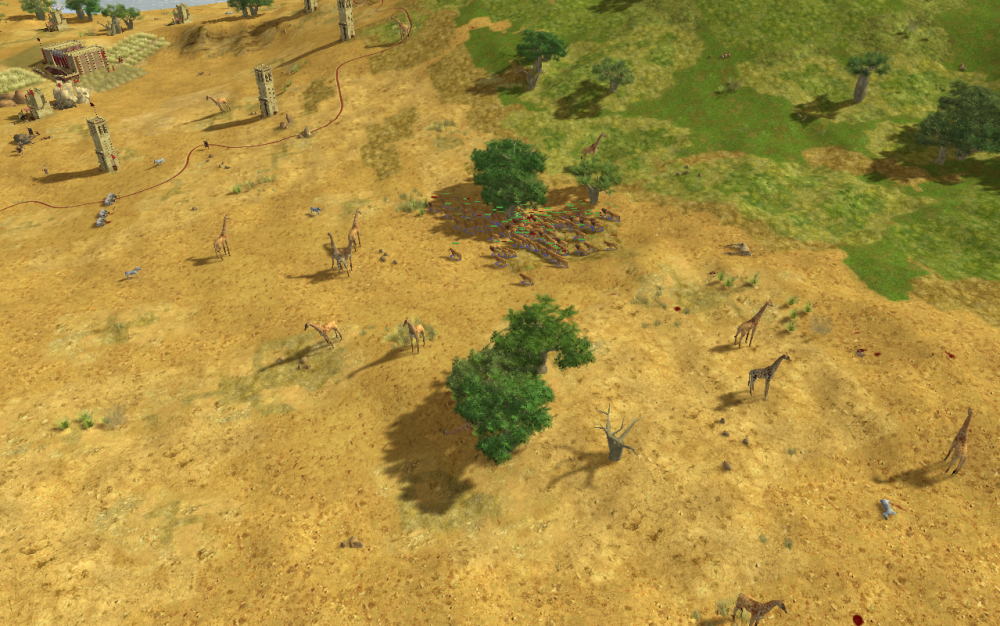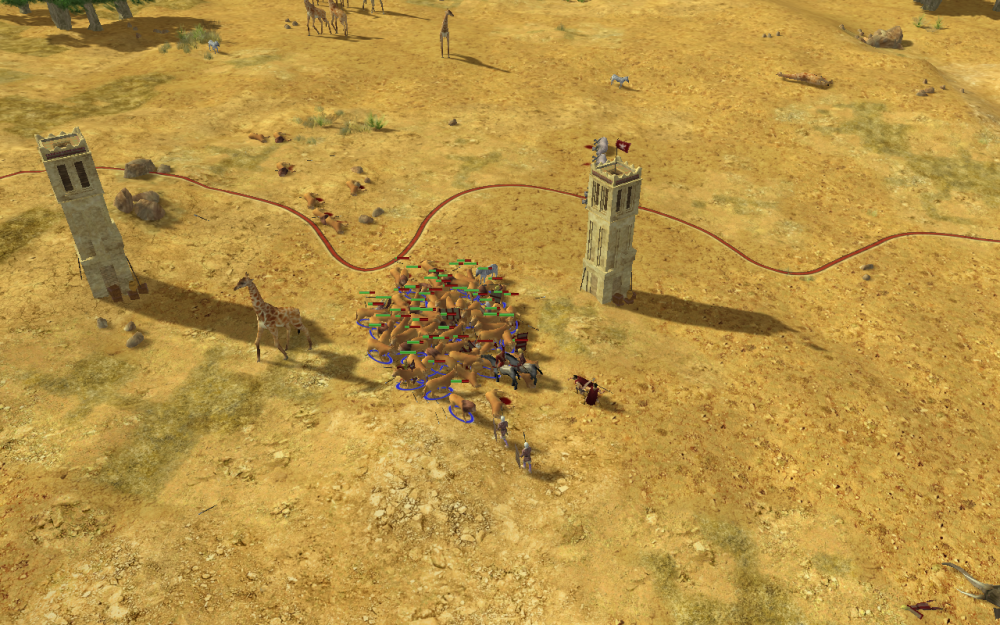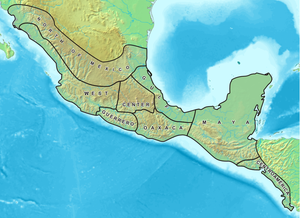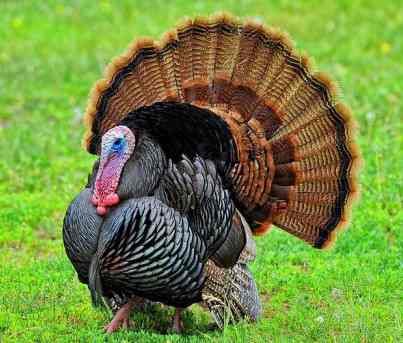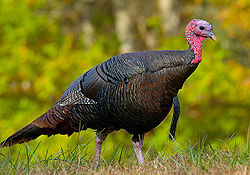-
Posts
33 -
Joined
-
Last visited
Everything posted by Indibil
-
Some images of Zapotec warriors and weapons:
-
2. you can do that by selecting a unit or a group of units and ctrl+(number) and when you click the number it selects all those units automaticly . e.g. select 10 roman champions and 8 women ctrl+1. press 1 and select all those units.
-
-
And where would you research this tech at, Civ center maybe?
-
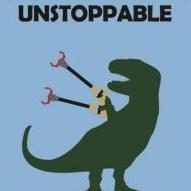
mesoamerican [Design] guide to make Mesoamerican mod.
Indibil replied to Lion.Kanzen's topic in Projects
Mesoamerican Architecture: 2 civilizations had remarkable architecture: zapotec and mayan -Zapotec architecture: The Zapotec civilization of Mesoamerica produced buildings that were similar to those of the Maya, Toltec, Aztec, and other groups, with a clear distinction between the substructure and superstructure. The religious centre of the Mixtec-Zapotec peoples in the valley of Oaxaca, Mexico, was the Palace of the Columns, Mitla (c.1000), with an impressive platform the walls of which were decorated with elaborate geometrical patterns. The Ball court Mesoamerican ball court at Teotenango Replica Mesoamerican ball court. Layout chart of a typical Mesoamerican ball court. The Mesoamerican ballgame ritual was a symbolic journey between the underworld and the world of the living, and many ball courts are found in the mid-part of the city functioning as a connection between the northern and southern halves of the city.[5] All but the earliest ball courts are masonry structures. Over 1300 ball courts have been identified, and although there is a tremendous variation in size, they all have the same general shape: a long narrow alley flanked by two walls with horizontal, sloping, and sometimes vertical faces. The later vertical faces, such as those at Chichen Itza and El Tajin, are often covered with complex iconography and scenes of human sacrifice (see photo here). Although the alleys in early ball courts were open-ended, later ball courts had enclosed end-zones, giving the structure an -shape when viewed from above. The playing alley may be at ground level, or the ball court may be "sunken". Ball courts were no mean feats of engineering. One of the sandstone stones on El Tajin's South Ball court is 11 m long and weighs more than 10 tons. MAYAN ARCHITECTURE: Large and often highly decorated, the palaces usually sat close to the center of a city and housed the population's elite. Any exceedingly large royal palace, or one consisting of many chambers on different levels might be referred to as an acropolis. However, often these were one-story and consisted of many small chambers and typically at least one interior courtyard; these structures appear to take into account the needed functionality required of a residence, as well as the decoration required for their inhabitants stature. Archaeologists seem to agree that many palaces are home to various tombs. At Copán, beneath over four-hundred years of later remodeling, a tomb for one of the ancient rulers has been discovered and the North Acropolis at Tikal appears to have been the site of numerous burials during the Terminal Pre-classic and Early Classic periods. web page with all the info: https://en.wikipedia.org/wiki/Mesoamerican_architecture Puuc-style geometric design on a wall of the great temple of Uxmal. Limestone carvings on the ruined Uxmal palace. -

mesoamerican [Design] guide to make Mesoamerican mod.
Indibil replied to Lion.Kanzen's topic in Projects
I was looking for Mesoamerican navigation and didn't find much, heres what i found: -All civs had canoes -Unlike other canoes they didnt use oars or paddles instead they used long sticks ( like in Venice ) to push the canoe against the floor ( not sure if im explaining myself ) They had merchant ships ( Christopher Colombus found one) mainly mayas Olmecs transported their big rocks for their olmec head sculptures by large rafts pushed by many men. theses rafts used tar as a "glue" to be toghether Canoes were also used for war ( these gives me the idea for small cheap war canoes for naval war with archers and skirmrishers in them ) This is the only link i could find about the topic ( preclassical navigation ) because theres more info on aztec navigation but its outdated. Its quite long and in Spanish http://www.dimensionantropologica.inah.gob.mx/?p=1197 -
it would be cool if Petra offer alliances to you too, like if you are about to destroy it, it begs for mercy and offers resources ( i know its a lot to ask, but you gotta admit its amazing )
-

mesoamerican [Design] guide to make Mesoamerican mod.
Indibil replied to Lion.Kanzen's topic in Projects
THE ZAPOTECS: Time: 5 periods: Monte albán I: 500 b.C. -100 b.C. ( interaction with the Olmecs ) --> lands in time time period Monte albán II: 100 b.C. - 250 a.C. ( contact with mayans, started worshiping the bats ) --> lands in time time period Monte albán III: 2 sub-periods: ( influenced by TEOTIHUACAN culture [ potential civ. ] ) 250 a.C. - 600 a.C. ( started to flourish ) --> lands in time time period mostly 600 a.C. - 800 a.C. ( apogee of the civilization ) --> doesn't land in time period, but maybe be considered since its quite important 2 other periods that land completely of time period. More info ( spanish ) LOCATION: Modern state of Oaxaca and part of modern state of Guerrero: Capital city: Monte Albán, ( image on top of this text ) Religion: They were polytheists, that is to say that they believed in several gods. His main god was called Xipe Totec and was known by three names: Totec: it is the greater god, who governed them. Xipe: it is the creator god, who made everything as it is now. Tlatlauhaqui: God of the sun. Other major gods were: Pitao Cocijo: god of thunder and rain. Pitao Cozobi: tender corn. Coqui Xee: The uncreated. Quetzalcoatl: god of the winds. Xonaxi Quecuya: god of earthquakes. Coqui Bezelao: god of the dead. Pitao Cozana: god of the ancestors. Quetzalcoatl: god of the winds. Xonaxi Quecuya: god of earthquakes. They also had certain superstitions, such as the "tonal". This consisted of the fact that whenever a mother was expecting a baby, on the day of birth, ashes would be placed in the hut where the newborn lived and the next day the animal's footprint would be the totem of the child. Represents it and gives it its personality. Another belief called "nahualism" was that the dark magicians took advantage of their "totem" and became animals to do evil things at night. Within the abstract and ontological thinking of the Zapotec people we find in the word "guenda" the total and absolute notion, the most profound and universal, the most abstract and general we find within the thinking of Zapotec culture. CULTURE: Monte Albán is a sacred architectural complex that adds to the religious customs of Mesoamerican towns. It was built with several staggered platforms like pyramids of different heights. Inside ball games were held. The difference of other complexes is the inclusion of buildings dedicated, probably, to the funerary cult. Also featured are reliefs carved on stone slabs representing individuals with deformities in the body, known as the dancers. The Mixtec-Zapotec codices allow us to know the life and customs of the region. These documents were written in hieroglyphs and on deer skin and were painted with great color. In addition there are epigraphic inscriptions dated between 400 a. C. and 900 d. C. In Mitla, another place with testimonies of this town, there are murals painted on a red background representing the eagle, the nocturnal gods and Cocijo. In Hierve el Agua, the Zapotecs created a unique artificial irrigation system in Mesoamerica. The zapotecs developed a calendar and a logophonic system of writing that used an individual character to represent each syllable of the language. WARFARE: Jade warrior mask Weapons: Mentioned before ( clubs, spears, etc. ) and they DID have bows ( Used them in their mithology ). ART INSPIRATION : Walls in Mitla THANKS FOR YOUR ATTENTION, IF YOU NEED ANY OTHER INFORMATION JUST ASK ME TO RESEARCH IT. LINKS: https://es.wikipedia.org/wiki/Cultura_zapoteca https://en.wikipedia.org/wiki/Zapotec and other web sites but these ones are the most important ones check them out ( both are wikipedia just different languages but information changes a lot ) -

mesoamerican [Design] guide to make Mesoamerican mod.
Indibil replied to Lion.Kanzen's topic in Projects
No, its mixtec. I dug up some info about it its called the shield of Yanhuitlán heres the wiki page about it: https://es.wikipedia.org/wiki/Escudo_de_Yanhuitlán -

mesoamerican [Design] guide to make Mesoamerican mod.
Indibil replied to Lion.Kanzen's topic in Projects
Here's what i think could be their icon, its an artifact made by them with a sacred rock called "Turquesa" and gold, it was very important for them and represents their culture, its related with the sun: -

mesoamerican [Design] guide to make Mesoamerican mod.
Indibil replied to Lion.Kanzen's topic in Projects
I think we need to start to talk about another civilization that lands in the time period and area: The Mixtecs. I found some links, the first one is much more complete, but it's in Spanish, I'll see what info I can get from it: https://es.wikipedia.org/wiki/Cultura_mixteca https://en.wikipedia.org/wiki/Mixtec http://www.historiacultural.com/2010/.../cultura-mixteca-mesoamerica.ht... http://lahistoriamexicana.mx/antiguo-mexico/cultura-mixteca One curious thing I read about them is that they did have bows. -
Looks nice, it'll be good ( Im an iberian fan )
-

mesoamerican [Design] guide to make Mesoamerican mod.
Indibil replied to Lion.Kanzen's topic in Projects
Ok so civilizations in america from the preclassic period 2300 b.C. to 100 a.C. Olmecs: They lived in the areas of the states of Tabasco and Veracruz, but other places have evidence of their presence. 1500 b.C. to 400 b.C. They had 3 main sites San Lorenzo, La venta ( I have visited it ), and Tres Zapotes: San Lorenzo: The ancient city of San Lorenzo is considered one of the most important cultural centers of the Olmecs. Some research suggests that this process of development of the city occurred thanks to the enormous amount of water resources. In addition, it is believed that an elite would have dominated local politics, in view of the large number of luxury goods identified in the region. The splendor and high degree of development of San Lorenzo lost force between the years 950 and 900 BC. Although there is no concrete evidence in this episode of Olmec history, some historians suspect that an internal conflict has fueled this stampede. La venta: ( Most important ) At the same time that San Lorenzo went into visible decline, the city of La Venta became the unifying center of the Olmec culture. In the fourth century BC, this city was of great importance for this civilization. After that, perhaps because of the great climatic changes, this region was uninhabited until the definitive demise of the Olmecs. For many people, La Venta could have been the capital of a possible Olmec empire; It was not the oldest city, but undoubtedly it was the best preserved, and it is possible to generate much of the Olmec style. Tres zapotes: Tres Zapotes is a Mesoamerican archaeological site located in the lowlands of the south central coast of the Gulf of Mexico, in Rio Papaloapan plain. Tres Zapotes is sometimes considered the third largest site in Olmec (after La Venta and San Lorenzo), although the Tres Zapotes phase constitutes only a fraction of the history of this place. The oldest occupation occurred at approximately the same time as La Venta, but there was still a post-Olmec occupation. The site is located in the village of Tres Zapotes, near Santiago Tuxtla, Veracruz, on the western edge of the Sierra de los Tuxtlas. ART: Cabezas Olmecas or Olmec heads 25 tons basalt 1300 b.C. to 1000 b.C. Best details than any other civilization in Mesoamerica. Each is unique 17 have been found 3 in Tres Zapotes 4 in La Venta and 10 in San Lorenzo Warriors Have African features ( no one knows why ) FACTS: They were the first ones to have a written language in Mesoamerica. Government: Teocratic, the Governors were an important religious figure. Religion: Had priests called chamanes; Gods: Feathered Snake ( like other civilizations( Quetzalcóaltl by the aztecs ) ), Rain spirit. They were one the first civilizations to practice cranial deformations: Deformations were seen as something good and they made some instruments to make your head "deformer" like other civilizations. They also played ball game ( see previous post about ball game ) DECLINE: No exact reason, may had been because of weather or a plague or a drought, etc. OTHER CIVS ILL RESEARCH LATER: Zapotecs, Mixtecs, and an article about Cuicuilco a circular pyramid that may have been done by the olmecs or the zapotecs ( and its like 4 blocks away from my house, so I think it would be good to talk about it since it lands in the period you said ). -

mesoamerican [Design] guide to make Mesoamerican mod.
Indibil replied to Lion.Kanzen's topic in Projects
Can you give me a specific date so I can start looking up? -

mesoamerican [Design] guide to make Mesoamerican mod.
Indibil replied to Lion.Kanzen's topic in Projects
Quick question is the mod about mesoamerica or america from mexico to argentina in general? I saw you mentioned something about the Incas so thats why I want to know -

mesoamerican [Design] guide to make Mesoamerican mod.
Indibil replied to Lion.Kanzen's topic in Projects
And many of the other previous civs lasted until Spanish conquest, while Mayans were really advanced, older than any other common civ in mesoamerica and they suddently vanished and no one knows why. My opinion is that if we erase aztecs from the list of civs, the others would be very incomplete and unknown. -

mesoamerican [Design] guide to make Mesoamerican mod.
Indibil replied to Lion.Kanzen's topic in Projects
So do romans. And aztecs have tons of informations while other civs are like ghosts also aztecs are literally the romans of mesoamerica: They came later They conquered almost everything They had many other civilizations on their power They killed humans for fun -

mesoamerican [Design] guide to make Mesoamerican mod.
Indibil replied to Lion.Kanzen's topic in Projects
If you need anything else just tell me, like images, civ suggestions, building suggestions, translations etc. -
It would be good if it was implemented just like the upgrade from sentry tower to defence tower
-

mesoamerican [Design] guide to make Mesoamerican mod.
Indibil replied to Lion.Kanzen's topic in Projects
-

mesoamerican [Design] guide to make Mesoamerican mod.
Indibil replied to Lion.Kanzen's topic in Projects
HEROES: AZTECS: Nezahualcoyotl: Means fast coyote, He succeeded his father to the throne and His land was conquered by the Tepanecs of Azcapotzalco, later with a single military force he recovered Texcoco, and started whats known as the Texcoco golden age where he made a group of wise philosophers, artists, etc. and improved economy and culture grew exponetially. He is mainly known for some of his poems. https://en.wikipedia.org/wiki/Nezahualcoyotl Moctezuma II: His name means "he who is angry in a noble manner" while in his reign the aztec kingdom reached its mayor size by warfare covering almost all Mezoamerica, He was the one that received the Spainiards, at first he thought they were gods then the Spainiards made an aliance with the civilizations under aztec control to cause revolts, so Moctezuma invited them to his palace and gave them gifts but then he realized their intentions and told them to leave, not many time after that the Spainiards attacked and killed many aztecs; His death has 2 theories he was betrayed or he was killed by Spanish soldiers. https://en.wikipedia.org/wiki/Moctezuma_II Tenoch: Founder of Mexico, He was a priest and the ruler of the aztecs, In the prophecy it said that he needed tho find an eagle standing in a nopal eating a snake, so in their 200year long migration they found many enemies. When they were close to the Mexican valley they found themselves agianst the Tepanecs of Azcapotzalco he fought them and won easily, then he found himself in the territory of the culhues were the king knew them he knew they were agrressive and dangerous so he gave them a small part of his territory which was the harshest but they managed to survived, later on he gave them his daughter the culhua princess so Tenoch sacrificed her, skinned her, used her as a cape, and made pozole (previously mentioned) with the rest. Then after 200 years just as he was getting expelled by the culhues he found the sign of the prophecy in the Texcoco lake, So he founded his city Tenichtitlán there and later they became the greatest empire of Mezoamerica. He was later "divinized" because of his amazing achievements, they consideered him as a god. Source: History classes, http://afrarodriguez.blogspot.mx/2014/01/tenoch-fundador-de-mexico-tenochtitlan.html. -

mesoamerican [Design] guide to make Mesoamerican mod.
Indibil replied to Lion.Kanzen's topic in Projects
As another suggestion I think the fields should farm corn the most important crop, not wheat ( there was no wheat in Mesoamerica ) Corn was really important for them and sometimes considered sacred. Mayans think their god made them out of corn. -

mesoamerican [Design] guide to make Mesoamerican mod.
Indibil replied to Lion.Kanzen's topic in Projects
I found another problem with Mesoamerican civs. The lack of animals; What animals are we going to put in the corrals? , so I started looking up and found this: They had 4 main sources of protein (meat): 1.- Ducks ( But only on a special season of the year ) 2.- Xoloescuincle ( Hairless dog endemic from Mexico eaten by the royalty ) 3.- Humans ( A typical Mexican dish called pozole today uses pig meat, but in those times it used human Aztecs were savages.) 4.- Guajolote or Huajolote ( Mexican version of turkey ) So I think the best option is the Guajolote because Ducks were irregular, Dogs (Xoloesquincle) would look cruel and were only eaten by the royalty, and Humans, well you get the point. Guajolotes are easy to draw, usually eaten, and appropiate here are some images to get the reference: -

mesoamerican [Design] guide to make Mesoamerican mod.
Indibil replied to Lion.Kanzen's topic in Projects
Yeah the most popular word from the náhuatl its chocolate comes from chocolatl other words are esquincle that means kid or papalote that means butterfly but its used as kite -

mesoamerican [Design] guide to make Mesoamerican mod.
Indibil replied to Lion.Kanzen's topic in Projects
I already know many of the words because some of them are still used regularly


